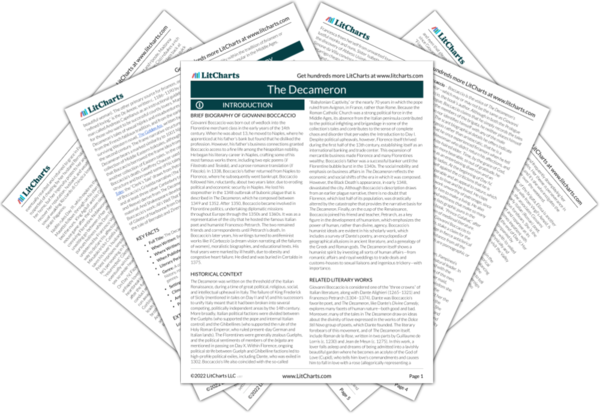The discovery that Agnesa is Guiglielmino’s long-lost daughter settles both the issue of her class (she’s a noble!) and her husband—since Giannole is her brother and thus can’t marry her, she goes to Minghino. While the tale set up his superiority as a suitor earlier, it is notable that the audience has no insight into Agnesa’s thoughts or desires in this tale. Thus, although the ending is ostensibly a happy one, she never rises above a quasi-human, objectified status. In other words, she’s more important as the possession over which two young men fight than as a human being in her own right.
